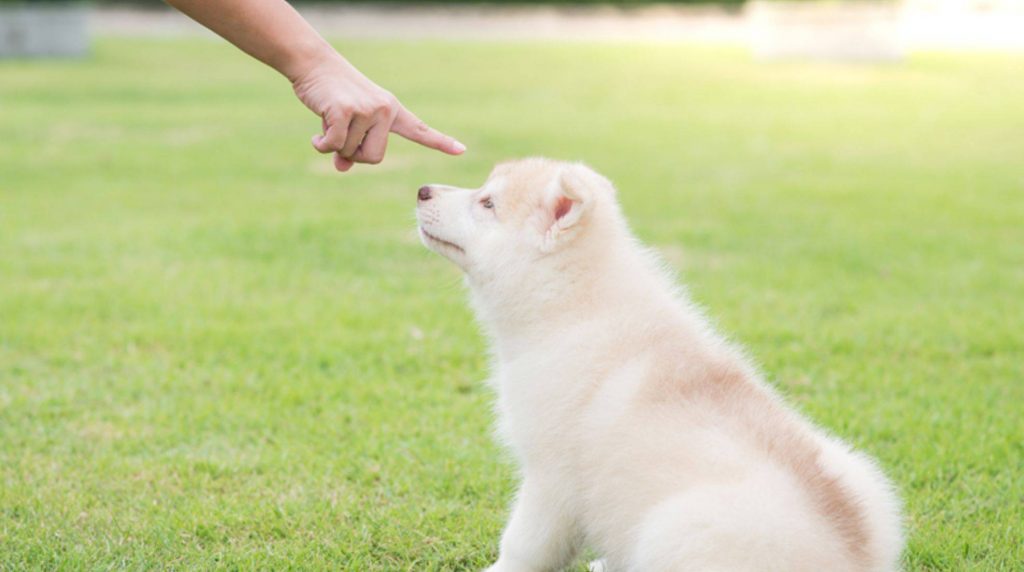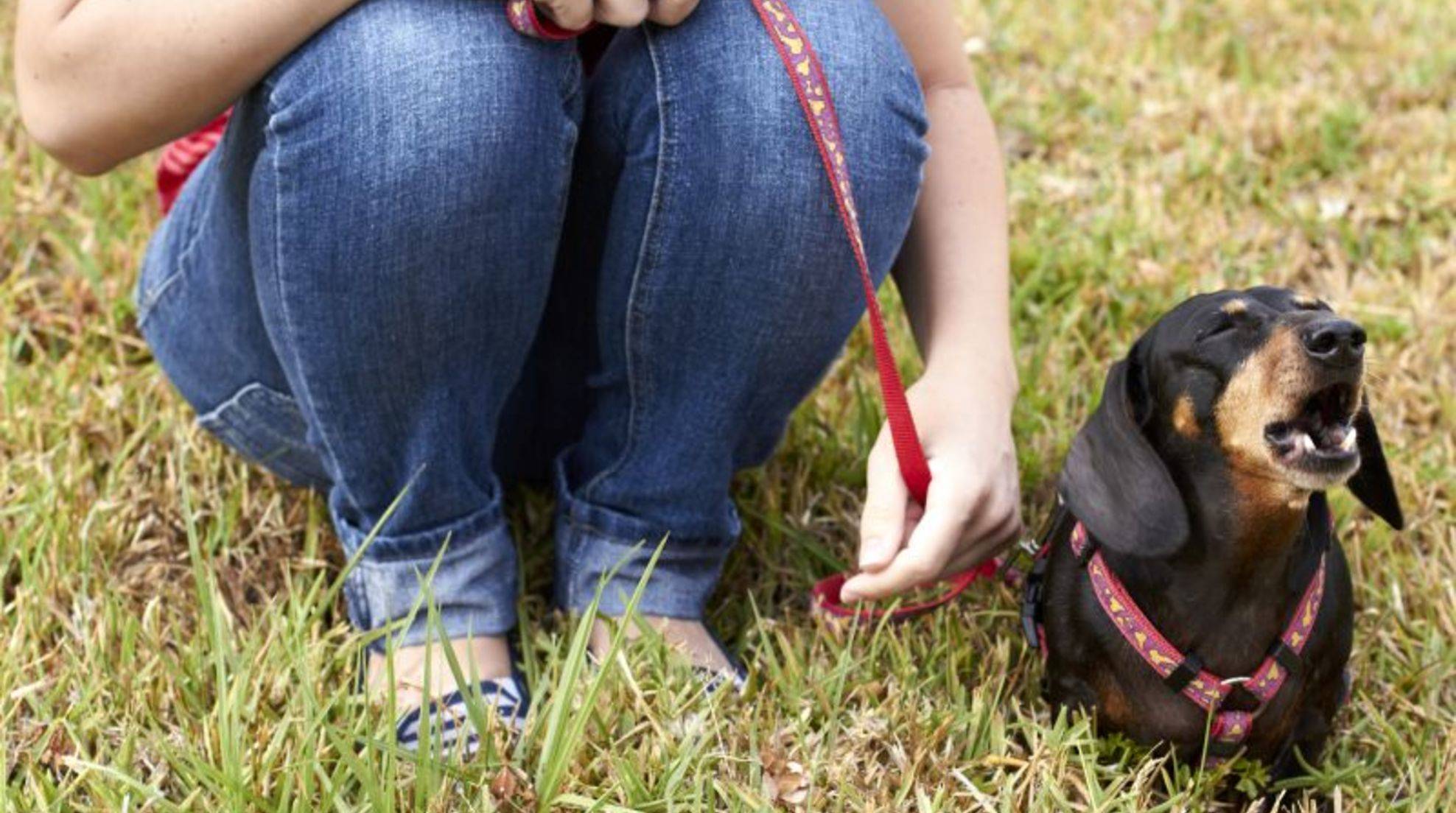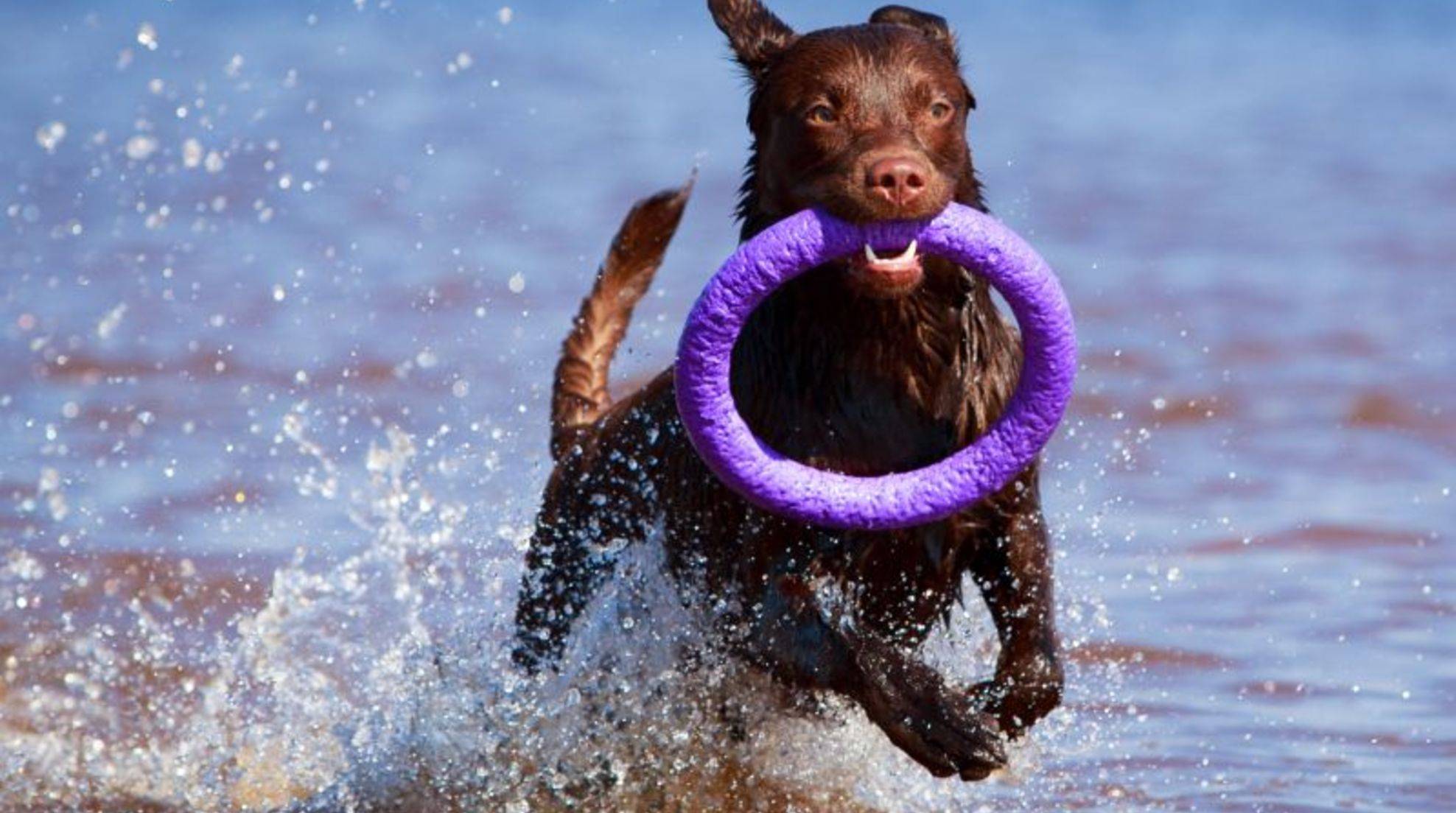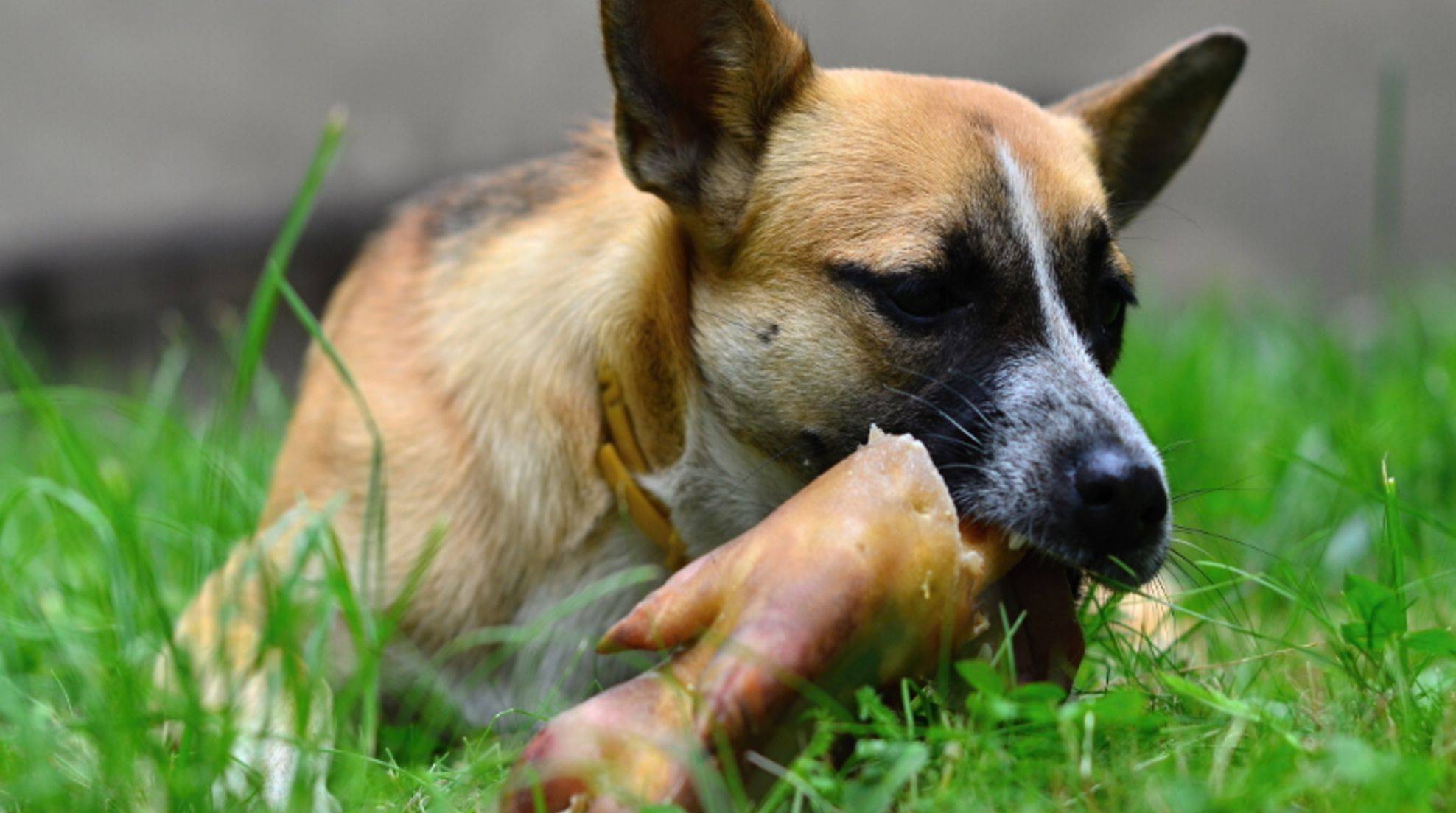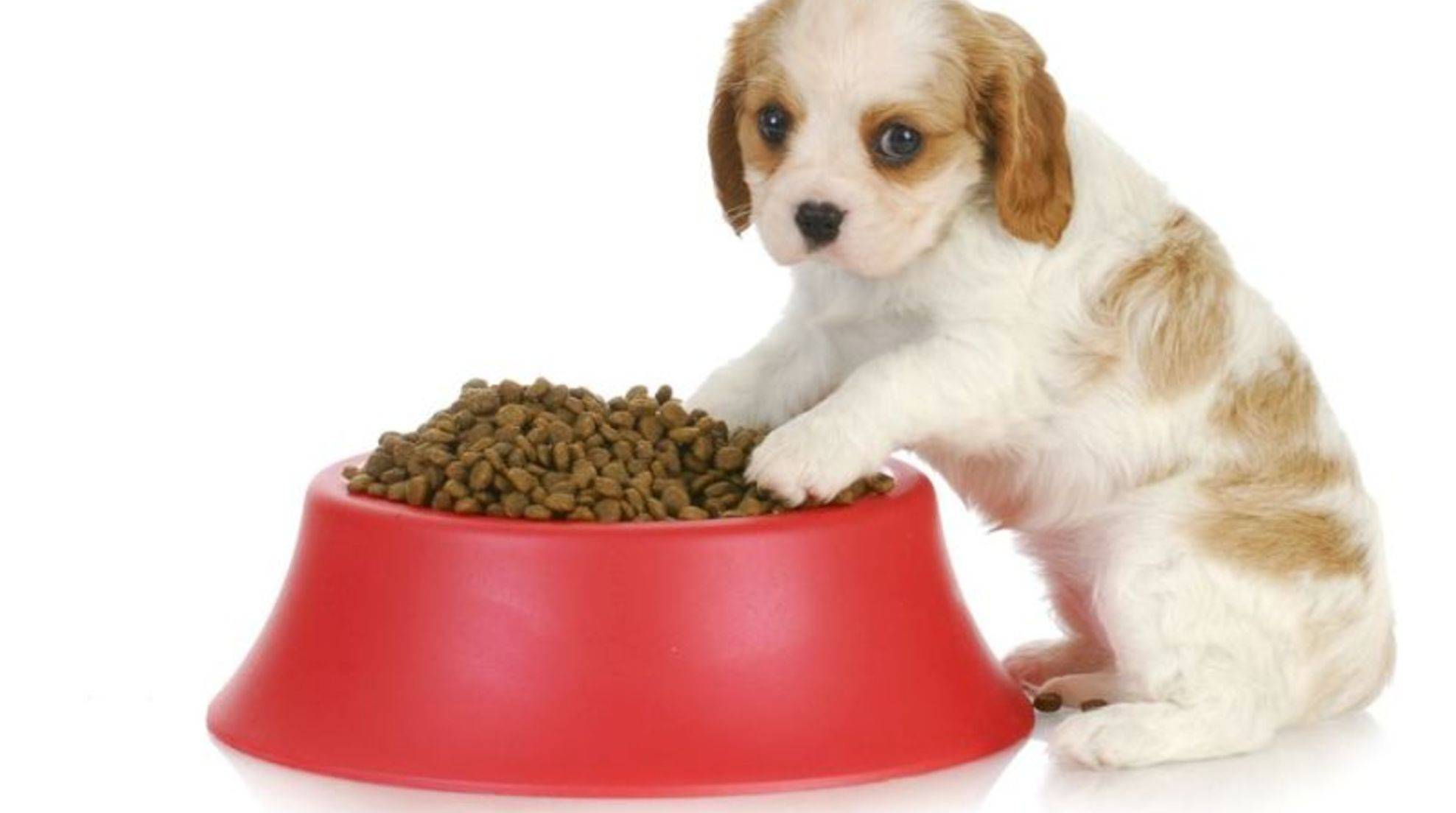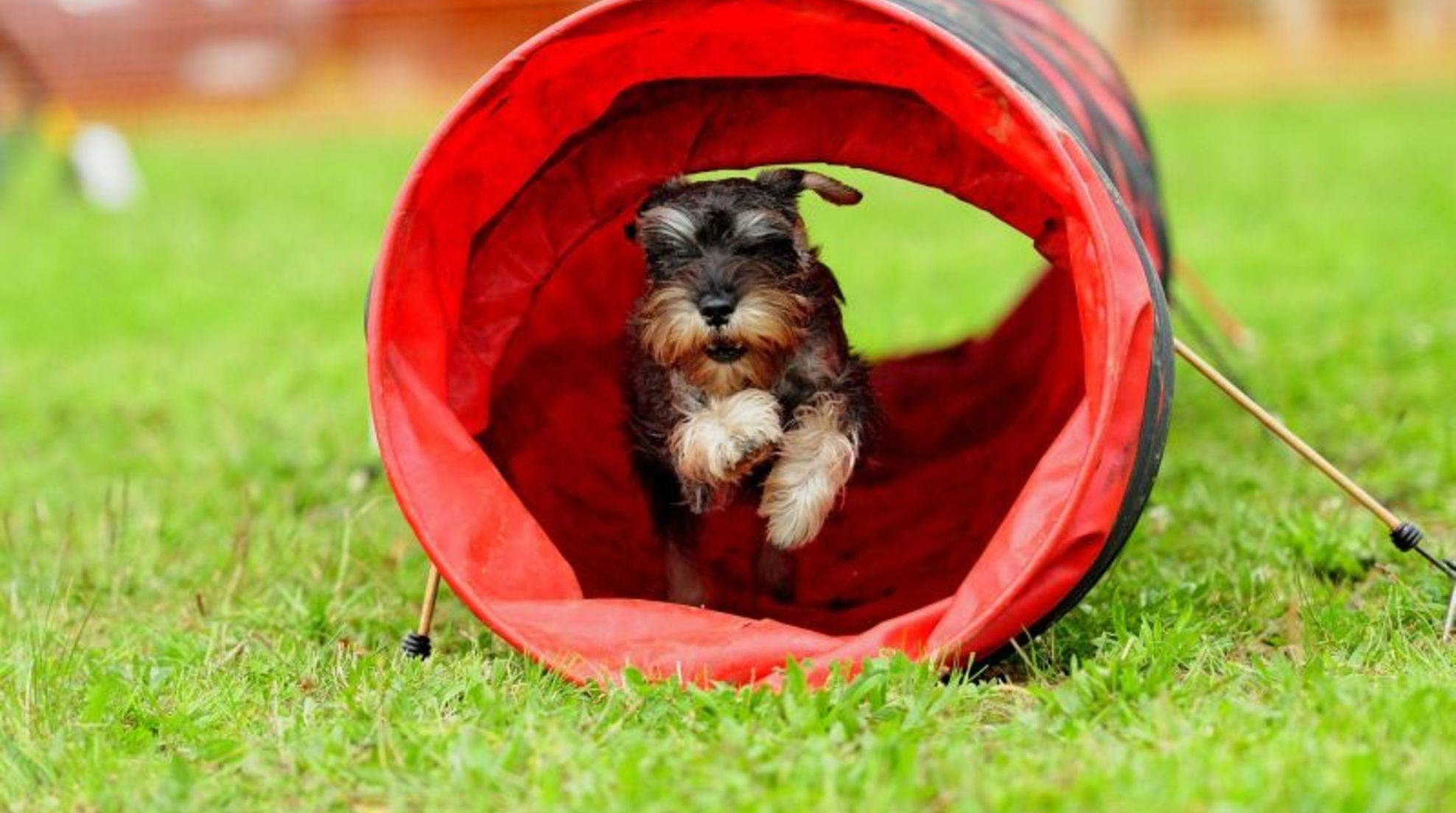Punish dog: tips for dog training
If you want to punish your dog for showing unwanted behavior, you need to be careful when doing so. Because punishments can quickly backfire if misused and make the misbehavior even worse. The following tips tell you how to use punishment correctly.
The goal of punishment is actually to stop certain behaviors. If you want to punish your dog, skill is required. If the sentence comes too late or too violently, you scare your dog. In extreme cases, the bond and trust in the human-dog relationship will suffer, and your four-legged friend will become afraid of you or develop aggression. If the punishment is too mild, your animal companion does not understand that he is doing something he is not allowed to do.
Punishing the dog: Timing counts
The success of punishment depends crucially on the right timing. The reprimand or stop command (“off,” “no,” “fie,” etc.) must be given at the same time as the misbehavior. Punishment after the fact can lead to incorrect linkages. For example, if you call your four-legged friend and come to you only after some delay, you must not scold him. Otherwise, he will associate his arrival with anger, not his delayed reaction to your recall. This false link can lead to your dog not reacting to the memory at all because he thinks he will be punished for coming to you.
Dogs do not act out of malice.
Before you punish your dog for not behaving as desired, consider what the reason might be. Dogs always act in a way that makes them as comfortable as possible. They don’t do this to annoy you or because they have any other malicious, vile motives, but because of their nature. For example, if your dog does not obey a command, does not listen to you, or does something he is not supposed to do, this is not a power play to challenge you. Instead, he has not yet understood that the desired behavior is rewarding for him. Or he has not understood what the desired behavior is.
Tips for the proper reprimand
Good parenting thrives on praise and reward and appropriate reprimand. Distract your furry friend from his misbehavior with a stop command, a particular gesture, or another signal so that he will refrain from it. Always remain calm and speak in a firm, low voice. Choose short, concise commands that your dog can easily remember and are distinguishable from the other controls.
For example, “Off!”, “No!” or “Fie!” are suitable for this. A “Kiss!”, a hand clap, or a whistle can also serve as a stop command. The authorities must continually sound the same and mean the same thing. Be patient and consistent when teaching your dog the commands. Instead, divide the lessons into short, straightforward tasks and gradually increase the difficulty level. Once your four-legged friend has understood something, you can increase the difficulty one level.
Tip: Always offer your dog an alternative for undesirable behavior. For example, if he chews on your shoes, interrupt his misbehavior with your stop signal – and give him a chew toy instead.
Punish and reward your dog: Alternate between reprimand and praise
Alternate back and forth between punishment and reward when training your dog. Desired behavior is reinforced, undesired behavior is punished. There are two ways to strengthen and two ways to punish:
● Positive reinforcement
● Negative reinforcement
● Positive (direct) punishment
● Negative (indirect) punishment.
“Positive” means that something is added. “Negative” means something is taken away. With Positive Reinforcement, your dog gets a reward when he behaves as desired. For example, he gets a treat or is praised when he comes to you on recall. Negative reinforcement means that something unpleasant for the dog is resolved. For example, you stop if you walk him, and he pulls on the leash. As soon as he relaxes and lets go of the leash, you continue. He learns, “When I stop pulling on the leash, the walk is much more fun.
Positive punishment means adding something unpleasant when your dog misbehaves. For example, if you see him lift his leg inside, clearly say “Yikes!” or another stop signal. Negative punishment occurs when you take something pleasant away from your dog. For example, you can ignore him and withdraw your attention if he demands too much attention.
Punishments for dogs: Never resort to aversive training methods!
Caution. Positive punishment can be a delicate matter if it is no longer just unpleasant for your dog but does violence to him or inflicts pain; possibly even injures him. These are so-called aversive training methods that can deeply unsettle and frighten your animal companion. The result is behavioral problems ranging from anxiety disorders to depression to aggression.
Be sure to avoid the following “tools” in dog training:
● choke collar
● Prong collars
● Blows
● Roaring
● Throwing objects at the dog
● Leash jerking (can cause throat injuries!).
● Intimidation
● “Alpha throw” (throwing dog to the ground)
● Pushing dog down
● Snout grip

